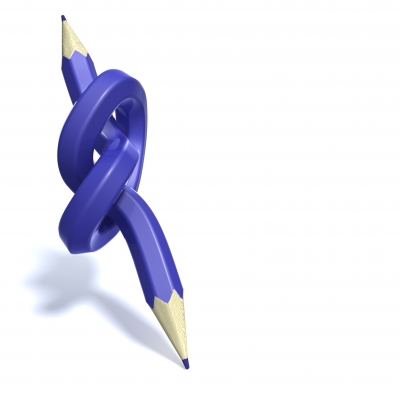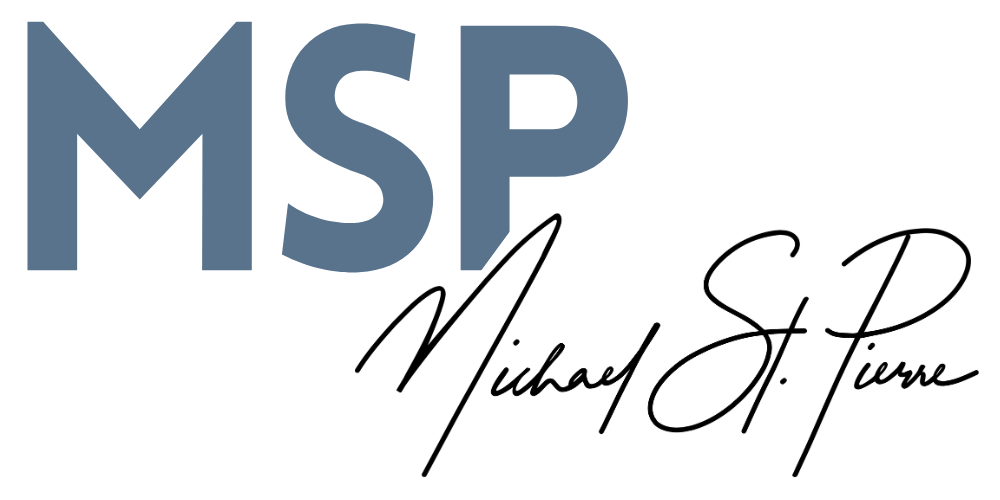 In the old days, a to-do list was enough. This magical tool could be generated on the back of a knapkin (I've always admired those that could avoid the ink from bleeding through), on a scap piece of paper or of course in a full-fledged notebook.
In the old days, a to-do list was enough. This magical tool could be generated on the back of a knapkin (I've always admired those that could avoid the ink from bleeding through), on a scap piece of paper or of course in a full-fledged notebook.
The great thing was simply the art of crossing something out. I've been guilty of adding things for the sole purpose of the Cross Off. It looked like this up until a few years ago:
1. Make calls for upcoming meeting
2. Draft supervisory letter
3. Prepare for class
4. Wake up
The last item, really? Did I really need to include that? Not at all, but the pure joy of the Cross Off was enough to trick the system once again and work my magic.
Nowadays, life is more complex. I have 30 projects at one time. Ministry, work, the blog, grad school- it all goes into my task manager as the knapkin is now too small. Sure, I could write wicked small but I think we're beyond that.
I'm appreciating Michael Hyatt's take on his favorite task manager. Mike Vardy has apparently made some recent changes to his system and me, I'm testing out this beauty.
But what is a task manager and how does it differ from the old 1-2-3-4 list like I've created above?
For starters, a task manager allows you to manage a project which is simply a complicated way of saying a bunch of lists. You might attach files. You could include audio or URL links. You can also use your email to route items into your task manager.
Nothing wrong with getting on a roll with a project, doing action steps as they show up; just make sure you’re taking some sort of note that you can throw in your in-basket if you don’t finish, which will serve as a bookmark to determine the next action before too long. David Allen
I've tried a lot of them and find Nozbe and Producteev to be my favorites. The key is to find one that you enjoy using. Here's what you don't need from a task manager: complexity.
This is not to say that your task manager should be juvenile; it shouldn't. It should scale to the amount of your projects. It should be fun to use. It should be something that you don't think about very often. It should not be ugly, overly complex, clunky or buggy. It should be smooth, seamless, frictionless and most of all- it should help you actually get things done.
Now that's a simple approach if there ever was one.
Photo courtesy of thaikrit
